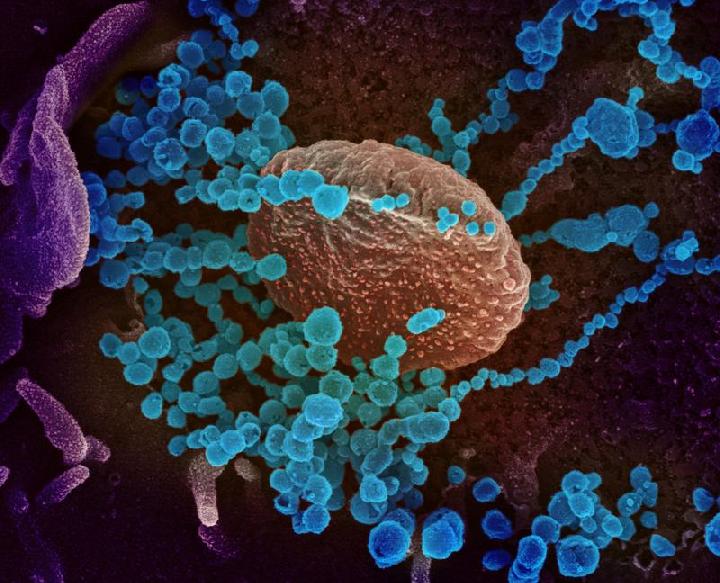BRIN Finds 51,200-year-old Cave Paintings, The Oldest in Indonesia
Translator
Editor
4 July 2024 11:44 WIB

TEMPO.CO, Jakarta - A team of researchers from the National Research and Innovation Agency (BRIN), in collaboration with Griffith University and Southern Cross University, Australia, discovered the oldest cave painting or rock drawing in Indonesia, which is at least 51,200 years old.
The cave paintings or rock drawings of several illustrations of people, anoa, and pigs were found in a limestone cave in Leang Karampuang, Maros-Pangkep, South Sulawesi.
"This discovery is the first rock art in Indonesia that is more than 50,000 years old," said BRIN Research Team Leader Adhi Agus Oktaviana in Jakarta on Thursday.
Oktaviana said the discovery has important implications for understanding the origins of the earliest art.
He explained that the presence of more images of anoa and humans indicates an attempt by people in ancient times to communicate the message that anoa was quite dangerous at that time, so people at that time had to work together in hunting anoa, although other opinions indicate the images have certain spiritual meanings.
Oktaviana said his team's discovery indicates that narrative cave paintings were an important part of early Indonesian human art culture at that time.
"Humans could communicate in the form of stories for more than 51,200 years, but because words cannot become stone fossils, what is left is only depiction in the form of art. This finding in Sulawesi is the oldest evidence that can be known from an archaeological point of view," he said.
Oktaviana said his findings have been published in the leading science journal Nature because she used the latest method in her discovery, namely laser ablation U-series (LA-U-series) at Griffith University and Southern Cross University, to get accurate dating on a thin layer of calcium carbonate formed on the decorative art.
He emphasised the importance of research on cave paintings or rock drawings. Rock drawings help research ancient human civilizations and migrations, while research using excavation methods requires sophisticated technology and a lot of money.
On the same occasion, BRIN Head Laksana Tri Handoko appreciated the researchers for their findings. He considered this an implementation of the responsibility of the nation's archaeologists in finding historical relics of the Indonesian people's ancestors.
"Indonesia is rich in relics, and not just relics, but also authentic evidence of the rich culture and civilization of all of us in Indonesia," said Laksana Tri Handoko.
ANTARA
Editor's Choice: China Leading Generative AI Patents Race, UN Report Says
Click here to get the latest news updates from Tempo on Google News























